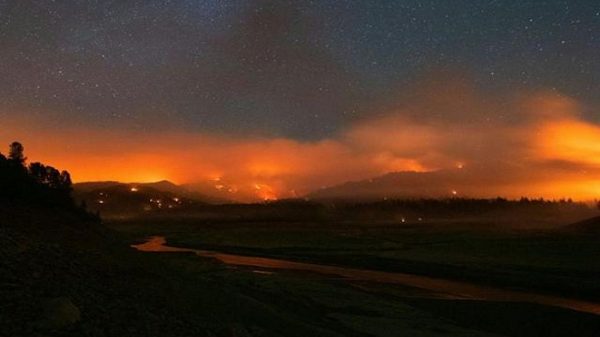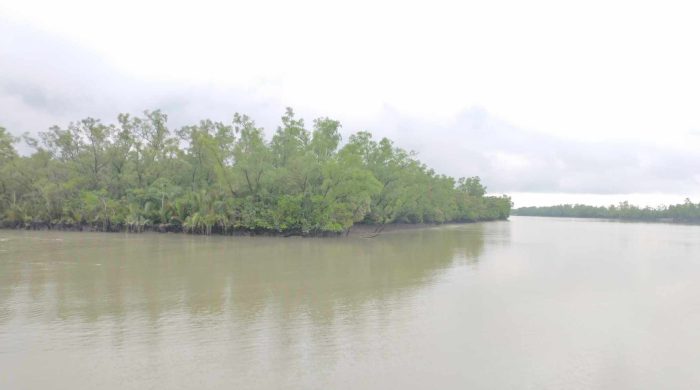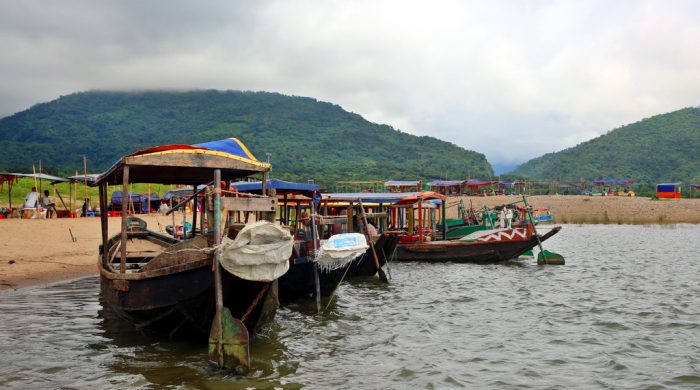Fires grip California tourist spots ahead of holiday weekend

- Update Time : Saturday, July 3, 2021
- 185 Time View

Hundreds of firefighters on Friday scrambled to contain three wildfires in drought-hit northern California that have scorched nearly 40,000 acres, including a popular tourist lake preparing to welcome hordes of visitors for the July 4 holiday weekend.
Evacuation orders were in place along stretches of Shasta Lake — a camping and boating hotspot 100 miles (160 kilometers) south of the Oregon border — as soaring temperatures and high winds spur blazes at a relatively early stage in the region’s fire season.
Around 40 structures were destroyed, including at least half a dozen homes near the town of Lakehead, an AFP photographer said.
“We were fully booked, but right now you can’t get in even if you want to,” said Cecil Hengst, owner of the Lakehead Campground and RV Park, forced to temporarily close by evacuation orders.
“This (fire) got really close… it’s a bad one,” said Hengst, 63, who has been in the area for 12 years.
“Everything’s so dry with the drought. We have had very little rain, our lake levels are so low right now for this time of year. It’s perfect conditions for fires right now.”
Authorities said the Salt Fire threatening the region was sparked by a vehicle travelling on the Interstate-5 — a major highway that runs from Canada to Mexico, which was briefly closed to traffic Thursday as flames encroached.
Further north, the larger Lava and Tennant fires continued to spread in mainly remote forested areas, sending up dense grey smoke plumes that blanketed much of the region.
The Lava Fire was sparked by lightning last week, and more than 500 further lightning strikes were recorded in California over the past 24 hours, threatening to prompt new blazes.
Dozens of fires are raging in western North America, from Canada to California, after a deadly heat wave that has largely begun to ease in recent days.
More high temperatures are forecast in northern California in the coming week.
California has experienced some 600 more wildfires this year than at the same time in 2020 — the worst year in modern history, when the state saw more than four million acres scorched.































